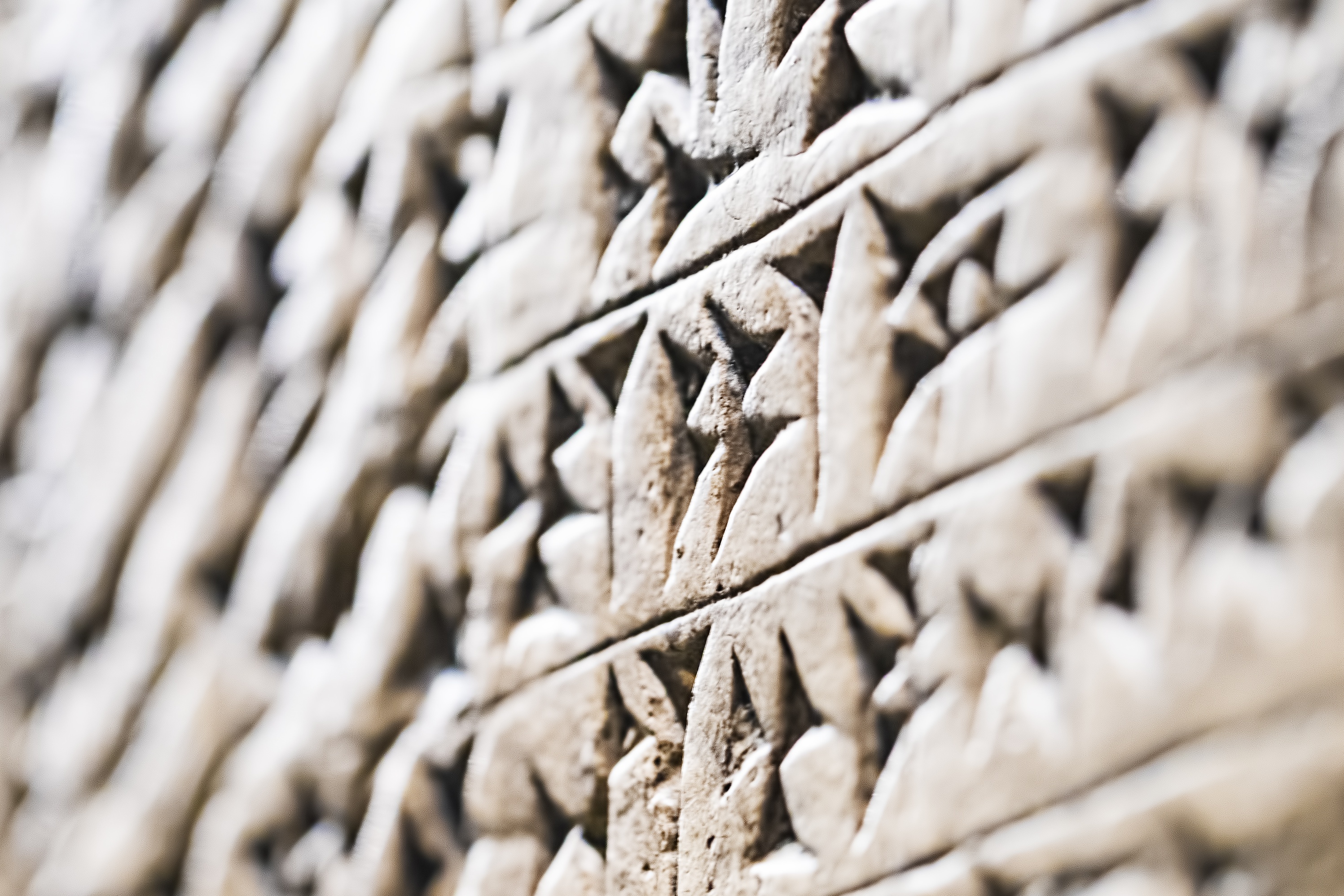A groundbreaking study has successfully deciphered inscriptions on four ancient clay tablets from Babylonia, shedding light on their significance after being unreadable for centuries.
Cuneiform, the writing system developed by the ancient Sumerians over 5,000 years ago in Mesopotamia (now modern-day Iraq), served to record various languages, including Sumerian and Akkadian. Initially created for Sumerian, it later adapted to accommodate Akkadian—the language of the Babylonians—and others like Hittite.
The recent analysis, detailed in the Journal of Cuneiform Studies, was led by George, an emeritus professor at SOAS University of London, alongside independent researcher Junko Taniguchi. Previous attempts to describe these tablets were incomplete, making this publication significant.
“Now, they can take their rightful place in the history of divination and Babylonian science,” George noted. Estimated to date back to the early second millennium B.C., the tablets contain over 60 omens pertaining to lunar eclipses, largely projecting ominous predictions.
According to George, “The predictions provide insights into the concerns of Babylonian rulers, focusing on disasters like assassination, revolt, and famine.” He added that these tablets illuminate the evolution of human thought and religious belief during that era.

shellexx/iStock/Getty Images Plus
These tablets have resided in the British Museum for over a century, with their origins identified only by museum registration numbers. Likely from Sippar, an ancient Babylonian city near modern Baghdad, specific details about their provenance remain elusive.
“Understanding where each tablet comes from would enhance our knowledge about their context and authorship,” George stated.
Ancient Mesopotamia, often known as the “cradle of civilization,” was a hub for significant cultures like the Assyrians, Babylonians, and Sumerians, hugely impacting global history.
“Cuneiform scholars work tirelessly to decipher these ancient texts, enriching our comprehension of Near Eastern civilizations,” George explained. “Out of an estimated 500,000 tablets globally, only about 20 percent have been fully translated, leaving many treasures still uncatalogued and awaiting exploration.”
Reference
George, A., & Taniguchi, J. (2024). Old Babylonian Lunar-Eclipse Omen Tablets in the British Museum. Journal of Cuneiform Studies, 76, 127–161.
